Preparing for a baby can get expensive, so imagine getting big-ticket baby items like strollers, high chairs, baby carriers and more for nothing or next-to-nothing. It's a reality many parents are embracing. As of 2021, two-thirds of American parents surveyed by Mercari purchased kids' and baby products second-hand and interest in second-hand baby goods is only growing.
What's driving this growth? In some cases, it's purely economics. Tariffs are hitting baby goods particularly hard, as nearly 90% of items are either manufactured in whole or in part overseas. That means core items like car seats, cribs, strollers, highchairs, and baby monitors will all be impacted with markups as high as 30%. Those price increases can be particularly hard to absorb when many of these items already feel like a stretch.
However, economics isn't the only factor making used baby gear look particularly attractive these days. Sustainability is playing an increasing role. Babies go through a lot of stuff and use that stuff for a relatively short time. As a parent, it’s a plus to know that every second-hand purchase extends the life of products that might otherwise end up in landfills.
Not to mention, when it comes to used items, the relatively short lifecycle on baby goods means you can score second-hand options in excellent or gently used condition. If you're interested in exploring second-hand options for your baby gear, our guide will walk you through the trends to be aware of, what to look for, what to avoid, and what questions to ask. Plus, download our printable used baby gear shopping checklist to take with you to buy-nothing meetups, consignment shops, or yard sales.
Why Buy Second-hand Baby Items? The Benefits Beyond Savings
Save 50-70% on Baby Gear
The financial savings on used baby products are substantial. High-end strollers that retail for $800-1,200 new can be found for $200-400 second-hand. Designer baby clothes that cost $30-50 per piece new often sell for $5-10 used. A complete nursery furniture set that would run $2,000 new? You could find it for under $500 with strategic second-hand shopping.
Reduce Environmental Impact
Every second-hand baby item you purchase is one less product manufactured, shipped, and eventually discarded. Given that babies outgrow items quickly, the environmental cost of producing brand-new items for such short-term use is significant. Buying used baby gear extends product lifecycles and reduces waste.
Access Premium Brands Affordably
Second-hand shopping makes luxury baby brands accessible. You can outfit your baby in organic cotton clothes from high-end brands, opt for a luxury stroller, or furnish a nursery with quality pieces—all at a fraction of retail prices.
Try Before You Commit
Buying second-hand baby items lets you test different products without major financial risk. Not sure which baby carrier style works for you? Buy a used one to try. Want to see if your baby will even use a swing? Second-hand options let you experiment affordably.
Trends in Second-hand Baby Goods
The second-hand baby market is experiencing remarkable growth, driven by several converging factors that have transformed how you approach baby gear shopping.
- Social media connectivity: Finding well-priced, gently used gear has never been easier. Facebook Marketplace has become the go-to platform for local finds, while OfferUp, Craigslist, and Nextdoor offer other options for local low-priced or free items.
- Brand participation: Popular and pricey baby brands are beginning to offer second-hand or rental options directly. Happiest Baby, which makes the Snoo smart bassinet, offers rental options, and Lovevery, makers of Montessori-inspired toy kits and a best-selling playmat, recently launched a second-hand marketplace for their products.
- Quality over quantity: There's a notable shift toward investing in fewer, better, and longer-term items. Items with convertible features are especially popular—most modern cribs convert from crib to toddler bed to full-sized bed, increasing your return on investment even if the initial price tag feels hefty. It's not just cribs, though. Convertible features extend to toys and even high chairs. One popular option, the Stokke Tripp Trapp chair, can convert from high chair to toddler booster to regular chair, making the $349 starting price for a new one feel like a long-term investment versus an expensive throwaway.
Where to Buy Second-hand Baby Items: Best Places to Shop
Finding quality used baby products requires knowing where to look and developing good shopping strategies. The landscape of options is broader than ever, each with its own advantages and considerations.
Online Marketplaces for Second-hand Baby Gear
Facebook Marketplace has become the dominant platform for buying used baby items, allowing you to search by location, set price ranges, and message sellers directly. The ability to see seller profiles and mutual connections adds a crucial layer of trust to transactions.
Best online options for used baby clothes and gear:
Local Options for Used Baby Gear
Brick-and-mortar consignment shops offer the advantage of browsing and comparison shopping in person. That's a big plus for something like a stroller, for example, for which models can vary significantly when it comes to convenience, handling, and even weight. In addition, consignment shops and children's boutiques provide curated selections with knowledgeable staff who can answer questions about brands and proper use of items.
Garage sales and estate sales can yield incredible finds, especially for toys, books, and clothing. The key is timing—arrive early for the best selection or late in the day for the best prices. Churches and community centers often host seasonal sales or swaps that feature items from multiple families while supporting local organizations.
Best local options for used baby clothes and gear:
- Local children's consignment boutiques
- Goodwill and Salvation Army stores
- Kids' resale events (seasonal)
Your Parent Network
The truth most parents realize pretty quickly is that even if you're getting things second-hand, babies—especially in that first year—seem to accumulate a lot of gear, clothes, and toys. That means parents you know, or even those you know through a friend once removed, are likely pretty motivated to give baby stuff away, if only to clear out enough room to start accommodating the deluge of toddler stuff.
Where to find free baby items:
- Buy Nothing groups on Facebook
- Neighborhood parent groups
- Family and friends
- Local mom Facebook groups
Most Popular Second-hand Baby Items to Buy
Not all baby items are created equal when it comes to second-hand shopping. Understanding which categories offer the best value helps you focus your shopping efforts.
Second-hand Baby Clothes: The Top Category
Baby clothes top the list for obvious reasons. Infants grow rapidly, often wearing items for only a few weeks or months—if they even get around to wearing an item at all. Used baby clothes are frequently in excellent condition because they simply haven't been worn long enough to show significant wear. Designer brands, organic cotton items, and seasonal clothing that might be prohibitively expensive new become accessible through second-hand shopping. Many parents find they can dress their babies in high-quality brands for a fraction of the retail cost.
Best baby clothing brands to buy second-hand:
- Hanna Andersson (organic cotton, exceptional quality)
- Patagonia (durable, holds up through multiple kids)
- Mini Boden (fun prints, quality construction)
- Carter's (affordable even new, excellent used deals)
- Primary (basics that last)
Used Baby Gear: Strollers, High-Chairs, and More
Baby gear like strollers, high chairs, and play equipment can offer significant savings when purchased used. A $1,000 UPPAbaby Vista stroller might sell for $300-$400 second-hand. High chairs from Stokke that retail for $349 can be found for $150-$200 used. But note, when shopping for used baby gear, make sure you're checking for recalls and confirming that items are up to expected standards.
Best second-hand baby gear brands:
- Strollers: UPPAbaby, Bugaboo, Baby Jogger, BOB
- High chairs: Stokke, Peg Perego
- Baby carriers: Ergobaby, Tula, BabyBjorn, Lillebaby
- Play equipment: Fisher-Price, Skip Hop
Used Baby Toys and Books
Toys and books represent another excellent category for second-hand shopping. Quality wooden toys, educational games, and classic books might even improve with age and gentle use. Board books, in particular, are designed to withstand heavy use and cleanup well.
Best types of baby toys to buy used:
- Wooden toys (Melissa & Doug, Hape)
- Building blocks (LEGO, Mega Bloks)
- Board books and hardcover children's books
- Musical instruments for kids
- Play kitchens
Second-hand Maternity Clothes
Maternity clothes deserve special mention, as they're worn for a relatively short period but can be expensive when purchased new. The second-hand market for maternity wear is robust, with many items available in excellent condition. Professional maternity wear, in particular, offers substantial savings. You can find maternity jeans that retail for $100+ for under $30 second-hand.
Best maternity brands to buy second-hand:
- Motherhood Maternity (wide selection, good basics)
- A Pea in the Pod (professional wear)
- Seraphine (elegant styles)
- Hatch maternity (quality options from day to evening)
Used Nursery Furniture and Decor
Nursery furniture and decor can transform a space without breaking the budget. Quality nursery chairs, dressers, high chairs, and cribs can all be found for steep discounts second-hand. A glider that costs $500 new might be $100-150 used.
Be careful when looking at pieces like cribs and bassinets, though—you'll want to make sure you're only looking at baby sleep surfaces made in the US in the last 10 years to ensure they're up to current safe sleep standards. You'll also want to inspect any furniture to make sure nothing is loose, wobbly, or unexpected. Looking at original manuals or even unboxing videos of the new item on YouTube can help you verify condition.
Best nursery furniture brands to buy second-hand:
- Cribs (Babyletto, DaVinci, Pottery Barn Kids)
- Gliders and rockers (Pottery Barn Kids, West Elm)
- Decor and storage (Pottery Barn Kids, Crate and Kids, West Elm)
What to Look for When Buying Second-hand Baby Items
Knowing what constitutes a good find versus a potential problem can make all the difference in your second-hand shopping success. Here's what you should look for to ensure you're getting quality items that will serve your family well.
Check Manufacturing Dates and Labels
Always check for manufacturing dates, especially on items related to sleep. You want cribs, bassinets, and other sleep surfaces manufactured in the US in the last 10 years to ensure they meet current standards. Look for intact labels with model numbers, which you'll need to check against recall databases.
Verify All Original Parts Are Included
The best second-hand finds come with all their original components. Missing straps on a high chair, lost hardware for a crib, or absent adapters for a stroller can make an otherwise great item unusable. If you're considering an item with missing parts, research whether replacements are available from the manufacturer before committing.
Look for Signs of Gentle Use
Look for items that show they've been cared for. Light surface marks are fine, but you want to see that the item has been cleaned, stored properly, and maintained. For fabric items, check that zippers work smoothly, seams are intact, and there are no mysterious stains or odors.
Focus on Durable Baby Brands
Some brands are known for holding up exceptionally well over time. Used strollers from Bugaboo and UPPAbaby, carriers from Ergobaby and BabyBjorn, and high chairs from Stokke are examples of brands that maintain their quality through multiple children. These items might cost more second-hand than lesser-known brands, but they're more likely to serve you well.
Request Complete Documentation
Sellers who have kept the original manuals, registration cards, or purchase receipts are often more reliable. This documentation helps you verify the item's age, check for recalls, and understand proper use. If the manual is missing, ask the seller if they can provide the model number so you can look it up online.
Evaluate Seller Communication
Pay attention to how sellers describe and present their items. Detailed descriptions, multiple clear photos, and straightforward answers to your questions are all good signs. Sellers who volunteer information about an item's history and any flaws are typically more trustworthy.
What to Avoid When Shopping for Used Baby Products
Just as important as knowing what to look for is understanding what to steer clear of. Some red flags should send you looking elsewhere, no matter how good the deal seems.
Red Flags When Buying Second-hand Baby Items
- Vague or evasive sellers: If a seller can't or won't answer basic questions about an item's history, age, or condition, that's a red flag. Be particularly wary of sellers who claim not to know if an item has been in an accident or who can't provide a manufacturing date
- Modified or DIY-repaired items: Baby gear that's been altered from its original design or repaired with non-manufacturer parts can be dangerous.
- Rust, corrosion, or structural damage: Any signs of rust on metal parts, corrosion on fasteners, or cracks in plastic components mean the item should be passed over. These issues compromise structural integrity and can't be reliably repaired.
- Strong odors or persistent staining: Persistent smoke smells, pet odors, mildew, or mysterious stains are all reasons to walk away. These issues are difficult to impossible to fully remedy and can indicate improper storage or underlying problems.
- Missing labels or certifications: Items without visible labels or those that predate current standards should be avoided. You want to see JPMA (Juvenile Products Manufacturers Association) seals or similar certifications, especially on cribs and other critical items.
- Pressure to buy immediately: Sellers who pressure you to make an immediate decision without time to check recalls, think it over, or inspect thoroughly are throwing up red flags. Legitimate sellers understand that due diligence comes first.
Baby Items You Should Never Buy Second-hand
While second-hand shopping can save you money on many baby items, there are some baby products you should be wary to get second-hand. Here's what you should keep off your second-hand shopping list.
- Car seats are the most critical item to avoid buying used unless you personally know the complete history. Car seats have expiration dates, typically five to ten years from manufacture, printed on the seat itself. They should never be used if they've been in any accident, even minor ones, as this can compromise their structural integrity. The risks simply aren't worth the savings. If you must consider a used car seat, pick one from someone you know personally, verify the expiration date, confirm it's never been in an accident, and ensure all original parts and manuals are included.
- Crib mattresses should be purchased new for hygiene reasons. Crib mattresses can harbor bacteria, mold, allergens, and other contaminants that are difficult or impossible to fully eliminate. Given that crib mattresses are relatively affordable new (quality options start around $100-150), this is one area where the minimal savings don't justify the potential concerns.
- Breast pumps (personal-use models) The FDA recommends against using second-hand breast pumps unless they were specifically designed to be multi-user because they can pose health risks. Even with new tubing and collection parts, milk particles can migrate into the pump mechanism. Hospital-grade rental pumps are designed for multiple users and are properly sanitized between users, but personal-use pumps are not.
How to Buy Second-hand Baby Items: Step-by-Step Guide
Step 1: Research Before You Shop
Before you start shopping for used baby gear, do your homework. Research which brands hold up well, check average pricing for items you want, and familiarize yourself with current models. Join local parent groups on Facebook to get recommendations and see what's available in your area.
Step 2: Check for Recalls
Visit cpsc.gov and search for the specific items you're interested in. Bookmark the recall database and make it a habit to check model numbers before making any purchase. Familiarize yourself with common recall reasons for baby gear categories you're shopping for.
Step 3: Inspect Thoroughly
When examining any baby gear, conduct a detailed physical inspection. Check for cracks in plastic components, loose screws or hardware, fraying fabric, or missing parts. Moving parts should operate smoothly without sticking or unusual resistance. Pay special attention to locking mechanisms on items like strollers and high chairs.
Step 4: Ask the Right Questions
Don't be shy about gathering information. Ask sellers:
- How long have you owned this item?
- Why are you selling it?
- Has it ever been damaged or repaired?
- Are all original parts included?
- Do you have the instruction manual?
- Are you aware of any recalls for this item?
- How was it stored?
- Is this from a smoke-free, pet-free home?
Step 5: Test Everything in Person
If you're buying locally, arrange to see the item in person before purchasing. Test all functions, bring measuring tape if size matters, and don't be afraid to take your time inspecting every detail. For strollers, test the fold mechanism. For high chairs, check all straps and the tray attachment. For cribs, shake them gently to check stability.
Step 6: Request Additional Photos
For online purchases, request additional photos of any areas that concern you, particularly labels, model numbers, and parts that aren't clearly visible in the listing. Ask for close-ups of any wear, stains, or damage mentioned in the description.
Step 7: Negotiate the Price
Second-hand items are negotiable. Don't be afraid to make a reasonable offer, especially if you're buying multiple items from the same seller. Point out any flaws or missing accessories that weren't mentioned in the listing as justification for a lower price.
Step 8: Clean Thoroughly Before Use
Once you've made a purchase, clean and sanitize items thoroughly before use. Remove all fabric components that can be washed, wipe down hard surfaces with appropriate cleaners, and ensure everything is completely dry before reassembling or using.
Step 9: Trust Your Instincts
If something feels wrong about a transaction, item, or seller, it's better to walk away. There will always be other opportunities, but your family's wellbeing is irreplaceable. The few extra dollars saved aren't worth compromising when it comes to your baby.
Second-hand Baby Items: Frequently Asked Questions
Is it safe to buy second-hand baby clothes?
Yes, second-hand baby clothes are generally very safe to purchase. Baby clothes are used for such short periods that they're often in excellent condition. Just wash them thoroughly before use, check for loose buttons or embellishments that could be choking hazards, and inspect for any damage. Second-hand baby clothes are one of the best categories for budget-conscious parents.
What baby items should never be bought second-hand?
Avoid buying car seats, crib mattresses, and breast pumps second-hand. Also be careful to check for any recalled items which may still be circulating in the used market. These products have specific concerns related to structural integrity, hygiene, or current regulations that make buying new essential.
How do I check if used baby gear is recalled?
Visit the Consumer Product Safety Commission website at cpsc.gov and use their searchable recall database. You'll need the item's brand name, model number, and ideally the manufacturing date. The model number is typically found on a label attached to the item. Check recalls before purchasing and save the model number for future reference.
Where is the best place to buy second-hand baby items?
Facebook Marketplace is currently the most popular platform for buying used baby items locally, offering a wide selection with the ability to see seller profiles. If you’re looking for brick and mortar, consignment shops offer curated, inspected inventory. Buy Nothing groups provide free items from your local community. Each option has advantages—online marketplaces offer convenience and selection, while physical stores allow hands-on inspection.
How much money can you save buying second-hand baby gear?
You can save 50-70% on average when buying used baby products. High-end strollers that cost $800-1,200 new can be found for $200-400 second-hand. Designer baby clothes selling for $30-50 new often cost just $5-10 used. A complete nursery furniture set costing $2,000 new can be assembled for under $500 with strategic second-hand shopping. First-year baby expenses can be reduced by thousands of dollars.
Can you negotiate prices on second-hand baby items?
Yes, second-hand baby items are almost always negotiable, especially through platforms like Facebook Marketplace, Craigslist, and at garage sales. Sellers typically expect some negotiation. Politely make a reasonable offer, especially if buying multiple items or if you notice any flaws not mentioned in the listing. Consignment shops have fixed prices but may offer discounts during sales events.
What are the best brands to buy second-hand?
Quality brands that hold up well include UPPAbaby and Bugaboo for strollers, Ergobaby and BabyBjorn for carriers, Stokke for high chairs, Hanna Andersson and Patagonia for clothing, and Melissa & Doug for wooden toys. These brands are known for durability, retain their value, and perform well through multiple children. They're often worth paying slightly more for second-hand because of their longevity.
How do you clean used baby items?
Remove and machine wash all fabric components according to manufacturer instructions. Wipe down hard surfaces, frames, and plastic with mild soap and water or baby-safe disinfectant. For toys, use toy-safe cleaners or a vinegar-water solution. Ensure everything is completely dry before reassembly. For items with electronic components, use a slightly damp cloth rather than submerging in water. Always check the manufacturer's cleaning instructions when available.
The Bottom Line on Buying Second-hand Baby Items
By approaching second-hand shopping with knowledge, preparation, and careful inspection, you can build a wonderful collection of baby items that serve your family well while staying within budget and supporting sustainable practices. The key is balancing the very real benefits of second-hand shopping—significant savings, environmental impact, and access to premium brands—with thoughtful evaluation of each item.
Remember that buying used baby products doesn't mean compromising on quality or your values. Many second-hand items are in excellent condition, come from trusted brands, and will serve your baby just as well as new items would. With the right approach, second-hand baby shopping becomes not just a money-saving strategy, but a smart, sustainable way to prepare for your growing family.
Start small if you're new to second-hand shopping—baby clothes and books are easy first purchases that build your confidence. As you become more comfortable evaluating used items, you can expand to bigger ticket items like strollers, high chairs, and nursery furniture. The second-hand baby community is welcoming, and you'll quickly find that other parents are your best resource for advice, recommendations, and great finds.
Happy shopping!
Download Your Free Second-hand-Baby Shopping Checklist
Make your second-hand baby shopping easier with our printable checklist!


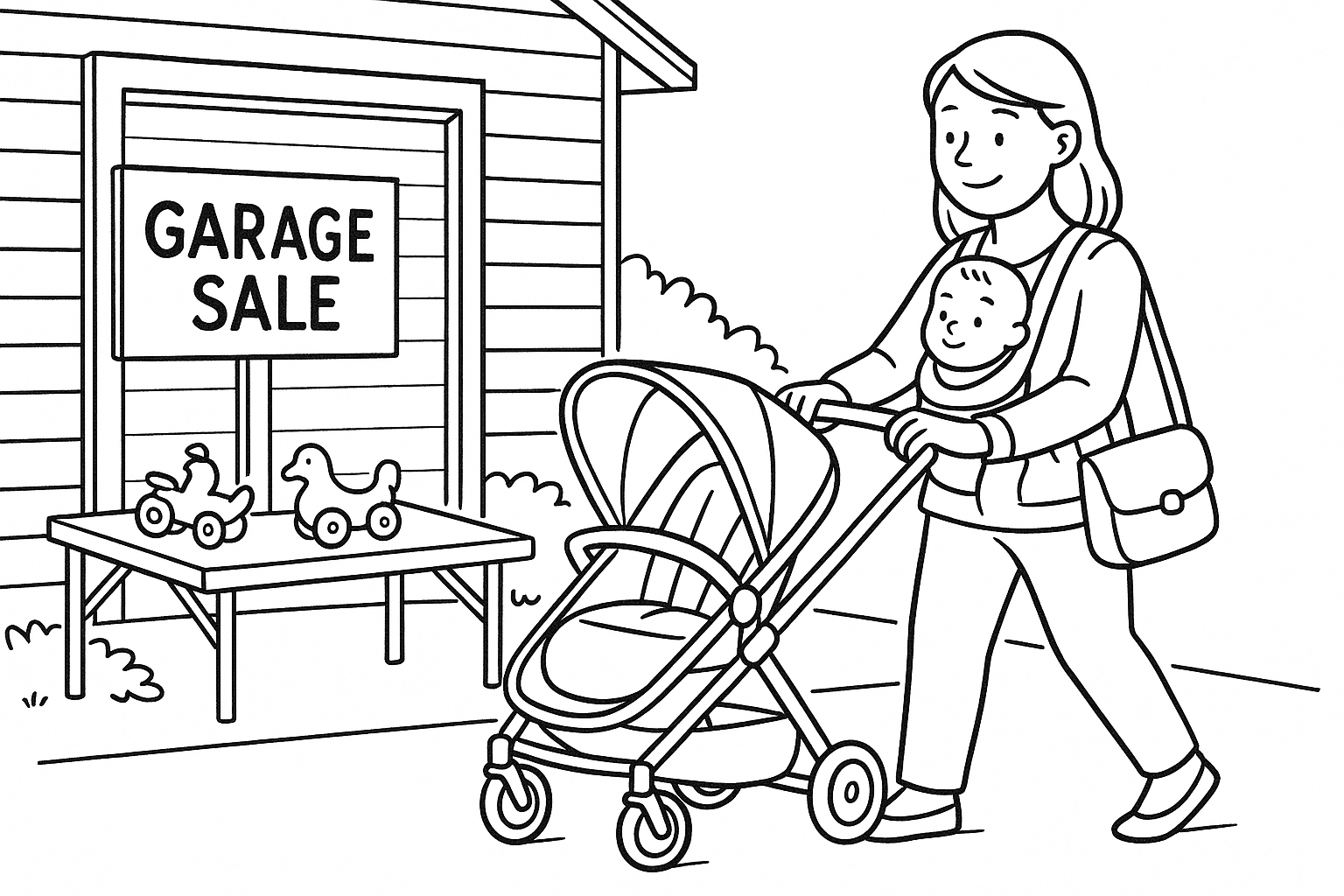
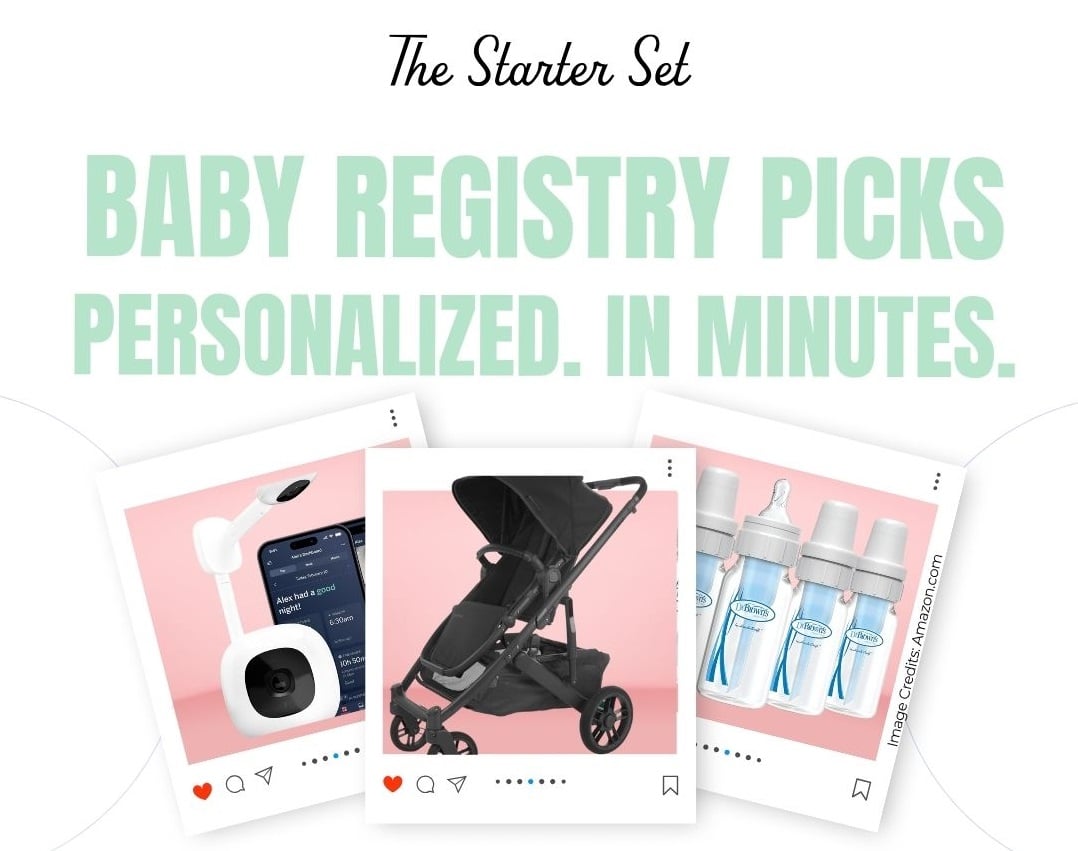
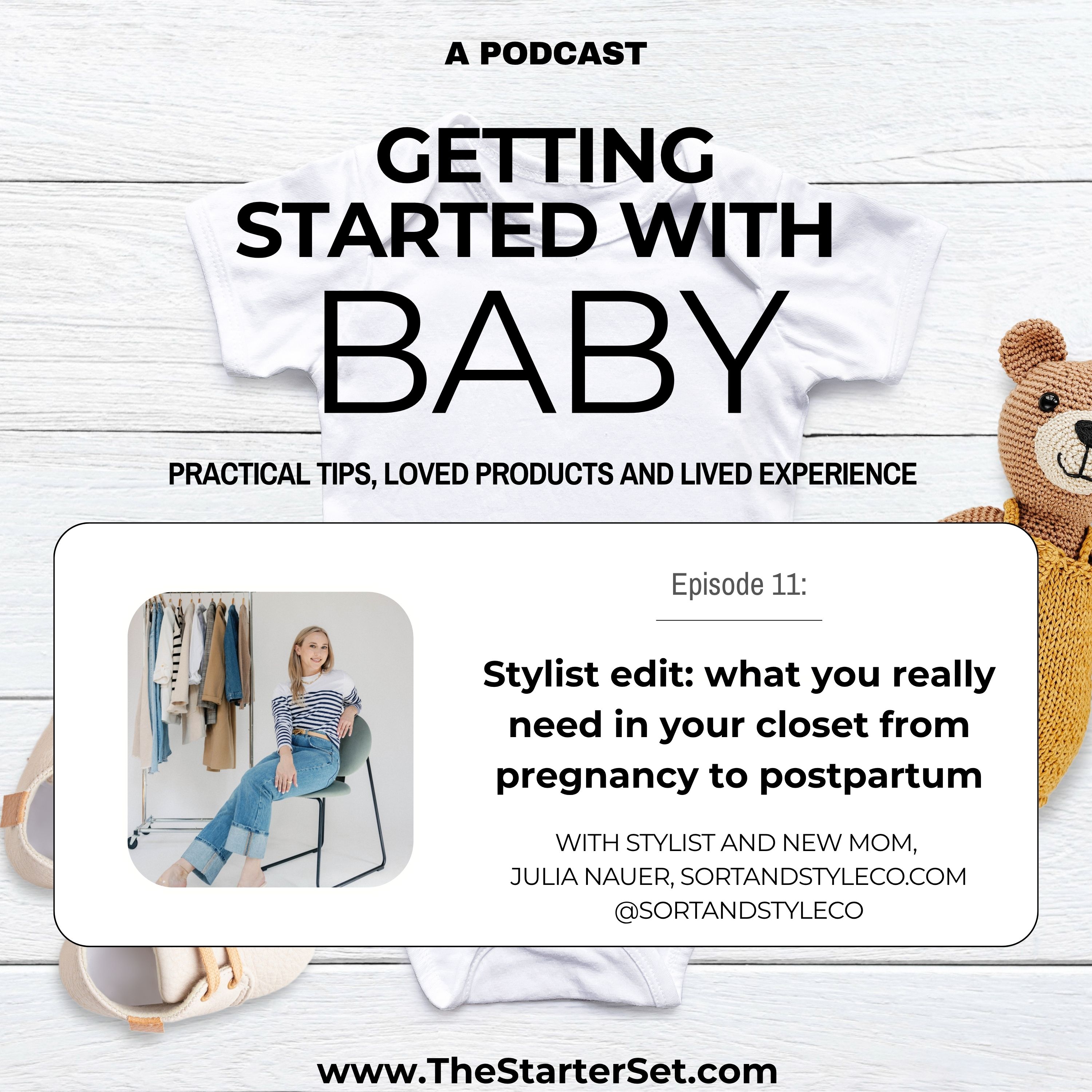

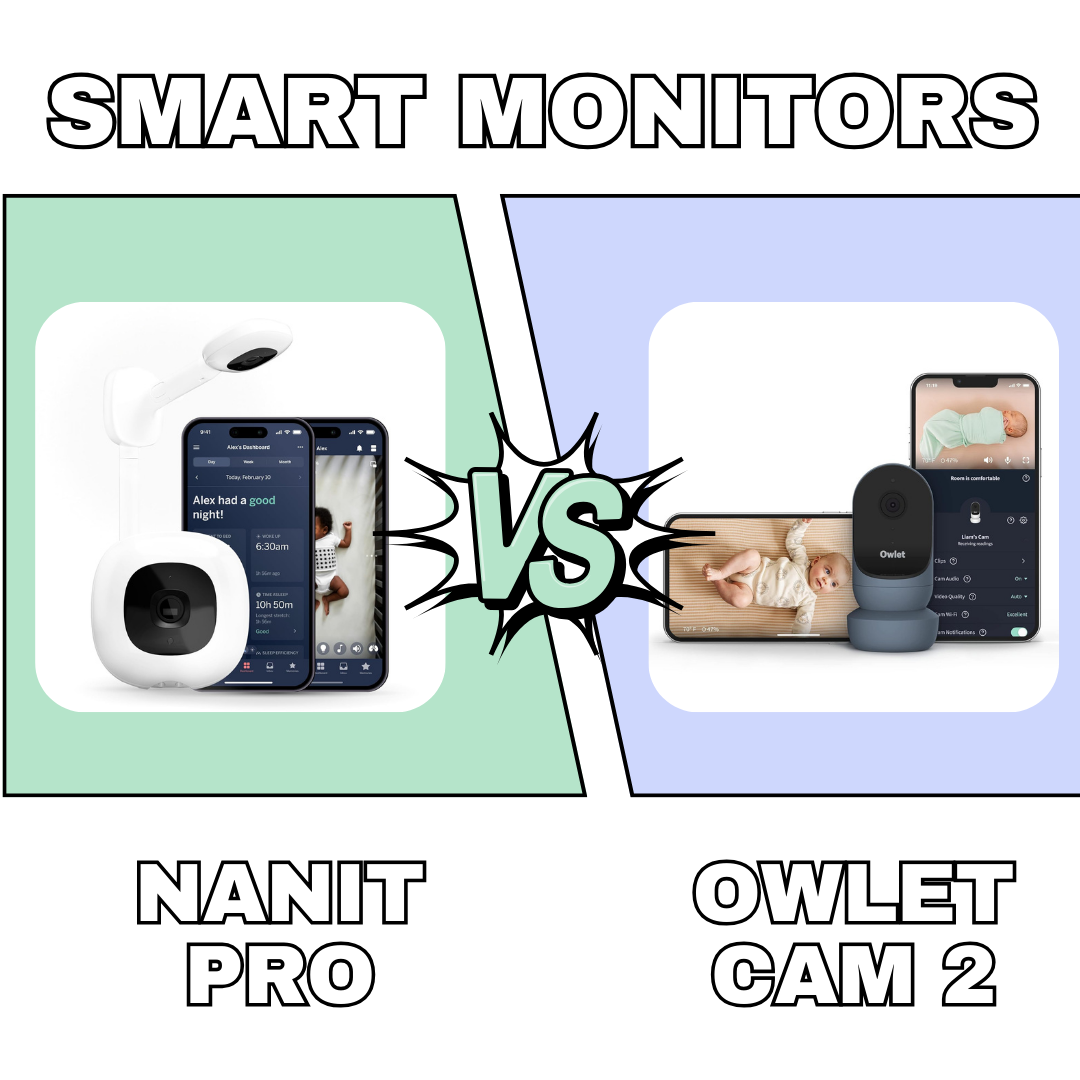

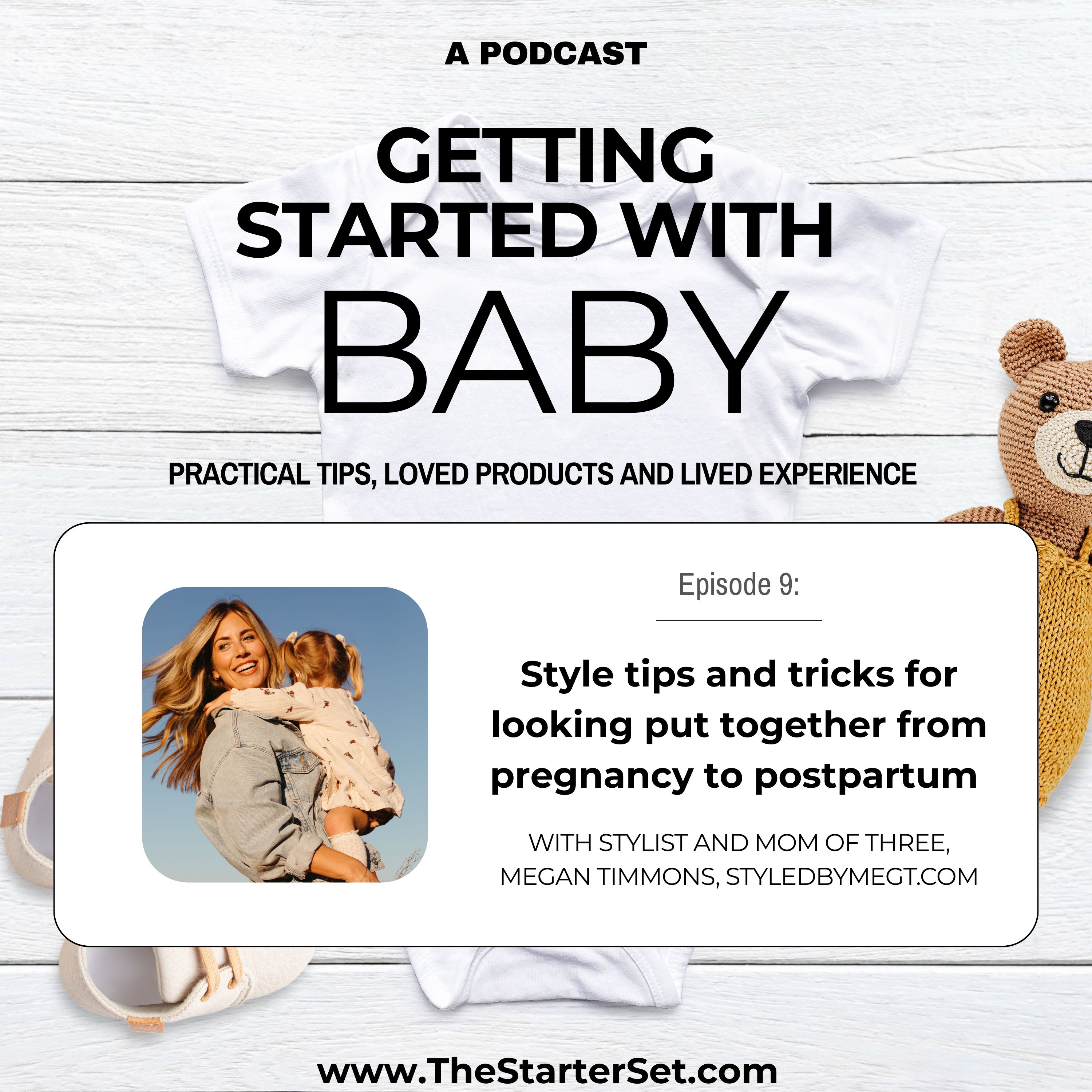

.png)